
Doomsday prepping, the practice of preparing for catastrophic events, varies greatly from country to country, influenced by cultural norms, environmental threats, and economic conditions. In the United States, for instance, a strong individualist culture combined with frequent natural disasters such as hurricanes and tornadoes has led to a robust prepping community, with many Americans taking a very proactive approach to self-reliance. They often invest in creating bunkers, stockpiling food, and honing survival skills. Meanwhile, in the UK, where there is greater trust in government-led disaster responses and less frequency of extreme weather events, prepping often takes on a more moderate form, focusing on building supplies and acquiring skills that are useful in a variety of emergencies.
When turning to the African continent, prepping takes on a different shape altogether. Due to varied factors such as economic constraints and differing governmental structures, prepping often revolves around community resilience rather than individual preparation. In many African countries, prepping is also less about disaster fantasy and more a part of everyday life, as communities must routinely adapt to persistent challenges like food security due to drought or political instability.
Key Takeaways
- Prepping practices are heavily influenced by cultural, environmental, and economic factors unique to each country.
- Americans often approach prepping with a focus on individualism and self-reliance, while the British are generally more reliant on government support.
- In Africa, prepping is commonly a community-based effort and is part of daily life, addressing ongoing and immediate challenges.
Doomsday Prepping Basics
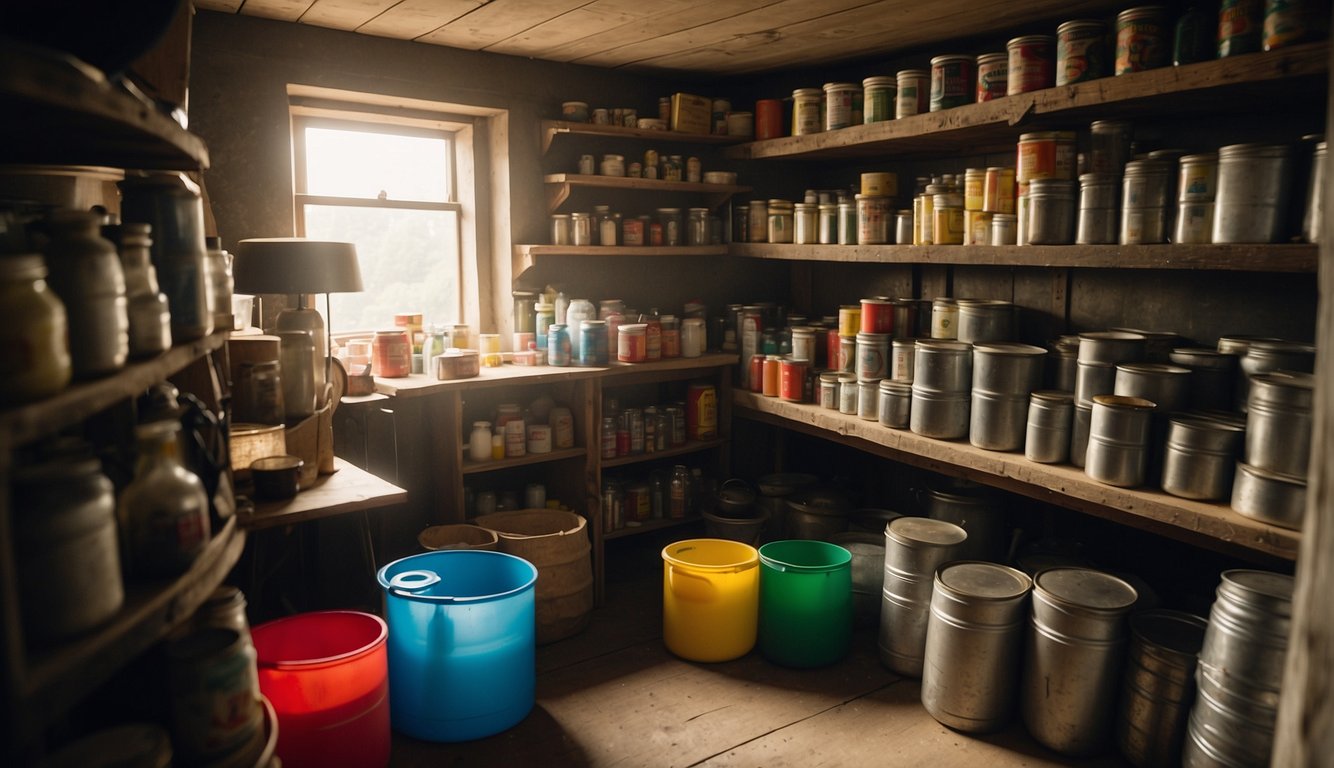
When you’re starting with doomsday prepping, it’s essential to focus on the fundamentals, regardless of the country you’re in. Here’s what you need to consider:
Prioritize Your Needs: Always cover your bases by prioritizing water, food, and shelter. These are critical for survival and should be at the top of your list.
- Water: At least one gallon per person per day for drinking and sanitation.
- Food: A stockpile of non-perishable items and a way to cook them without power.
- Shelter: Repair kits for your home or a plan for alternate shelter if necessary.
Personal Safety: Keeping yourself safe is a major concern.
- Consider a basic first aid kit and the knowledge to use it.
- A weaponry bag or self-defense items should be chosen responsibly and according to local laws.
Plan Your Escape: Know your evacuation routes and have a pre-planned meeting place for family members.
- Evacuation routes: Map out several options in case some are impassable.
- Meeting places: Familiar locations where your group will reconvene if separated.
Practice: Familiarity breeds efficiency. Regular drills ensure everyone knows the plan and can act without hesitation.
Just remember, your prepping needs may vary based on local threats—like hurricanes in the US or droughts in parts of Africa. Keep local risks in mind as you prep. And don’t rush it; build your stockpile and plans over time, starting with the most critical elements. Stay calm, stay informed, and prep smart!
Cultural Attitudes Toward Prepping
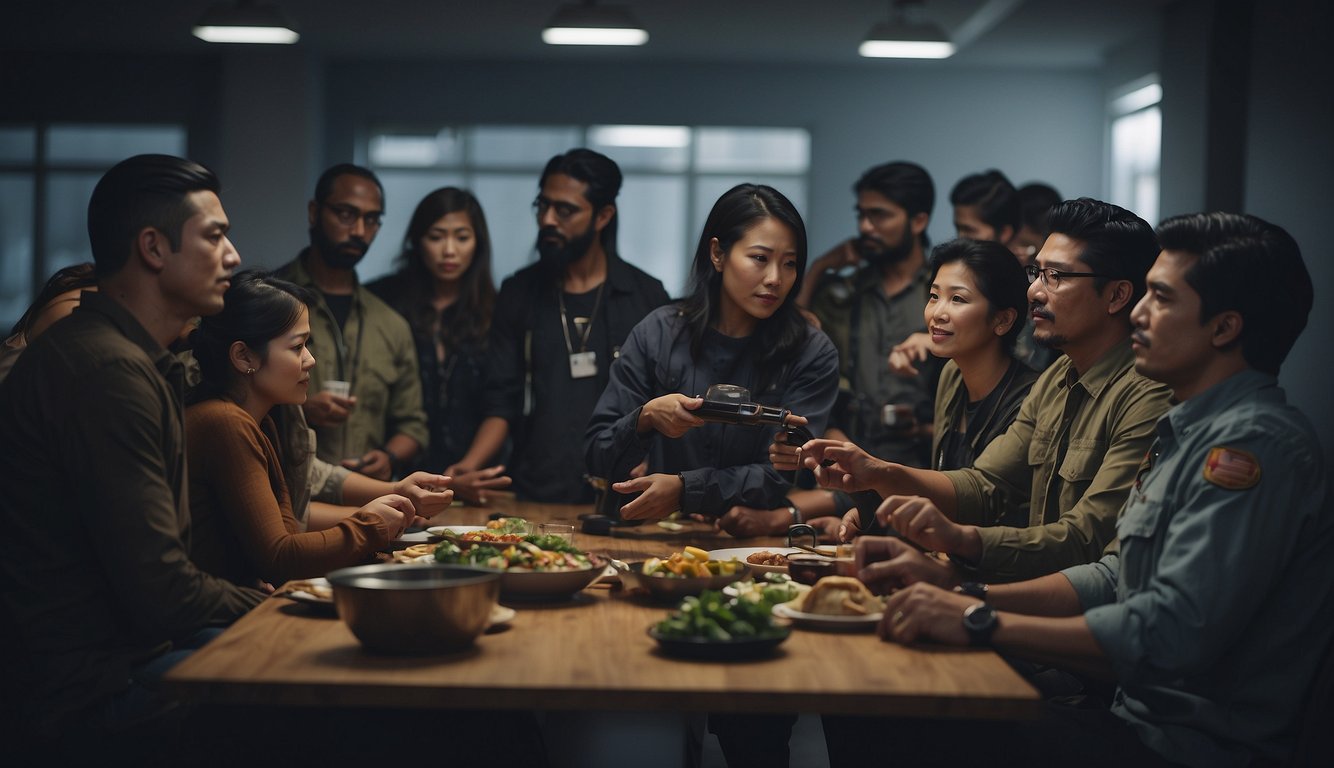
When you ponder doomsday prepping, you’ll notice cultures shape how people prepare for potential disasters. Societal norms, historical experiences, and resources influence prepping styles from one country to another.
United States
In the U.S., prepping has woven itself into the fabric of American individualism. You might see a spectrum ranging from casual household emergency kits to elaborate underground bunkers. The focus is often on self-reliance, with many Americans dedicating space in their homes for non-perishable food, water supplies, and sometimes even an arsenal for protection.
United Kingdom
Cross the big pond to the U.K., and you’ll find prepping tends to be more discreet. Due to denser populations and stricter gun laws, British preppers often concentrate on community resilience and practical skills like first aid and fire-making rather than stockpiling.
African Countries
Jump to various African countries, and prepping can look starkly different due to economic and environmental factors. Here, preparations may be more about coping with immediate threats like drought or political instability. Communities might focus on sustainable practices such as preserving indigenous knowledge of land and utilizing local natural resources.
Environmental Risks and Responses

In prepping for doomsday scenarios, your local environment dictates what kind of disasters you’re most likely to face. Here’s a quick rundown tailored to different regions.
US Natural Disasters
In the US, you’re looking at a smorgasbord of natural disasters. Earthquakes along the West Coast, hurricanes in the Gulf and East Coast, and tornadoes through Tornado Alley. Your prep kit here needs variety—a mix of emergency supplies for power outages and potable water for when the taps run dry.
UK Weather Events
Over in the UK, weather events are less extreme but can still disrupt your life. Flooding is your prime contender, especially in areas near rivers and the coast. Stock up on sandbags and have an evacuation plan. Oh, and don’t forget, snowstorms occasionally throw a spanner in the works, so keep your pantry stocked and a shovel handy.
Africa’s Environmental Challenges
Africa’s a whole different ball game. The continent faces droughts, desertification, and even locust swarms. You’ll want water conservation tools and ways to protect your crops. In some regions, preparations for flooding or political instabilities leading to civil unrest might also shape your prepping strategies.
Governmental Policies and Influence
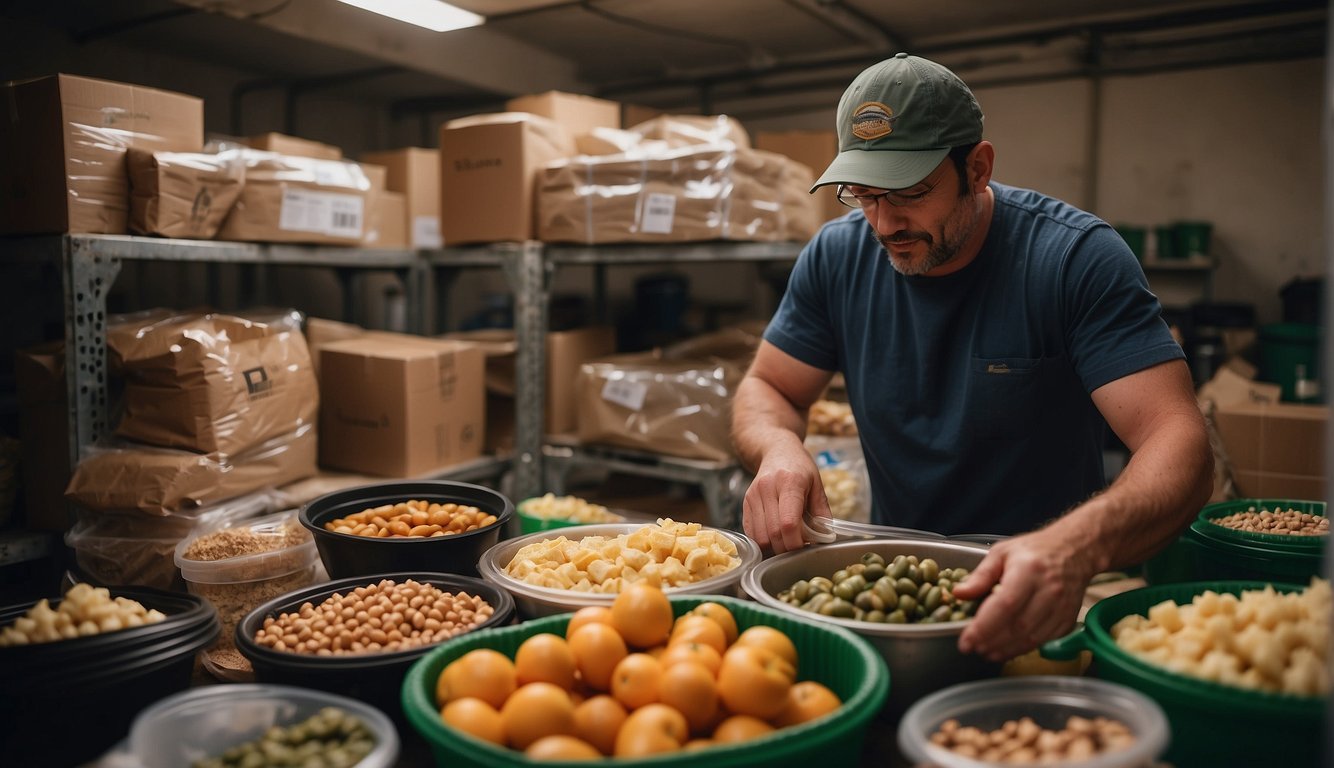
When you’re considering doomsday prepping, it’s important to understand how it is shaped by various government policies and responses to emergencies. These policies influence not just how you can prepare, but also the resources and support you might expect to receive.
US Legislation Impact
In the United States, the Federal Emergency Management Agency (FEMA) plays a key role. FEMA provides guidelines and support for disaster preparedness, and your prepping activities could be influenced by federal initiatives like the National Preparedness Goal. This sets a clear framework for building a secure and resilient nation. It’s your responsibility to ensure compliance with local laws, such as building codes and zoning regulations, which might affect your ability to stockpile food or build shelters.
UK Civil Contingencies
Over in the United Kingdom, you’ll find that the government takes a structured approach to prepping through the Civil Contingencies Act 2004. This legislation outlines how you, along with local and national authorities, need to assess, plan, and advise on emergency situations. The UK government also provides the National Risk Register, which gives you insight into potential threats and can guide your prepping strategies.
African Government Initiatives
Across various African nations, your prepping might be influenced by a mix of local and international support. For instance, the African Union has developed policies such as the African Risk Capacity (ARC) to help member states better plan and respond to disasters. Initiatives like the Disaster Risk Reduction (DRR) framework inform how you can legally prepare for and mitigate the impacts of disasters. Keep in mind that African nations have diverse policies, so you should check local guidelines for specifics.
Economic Factors in Prepping
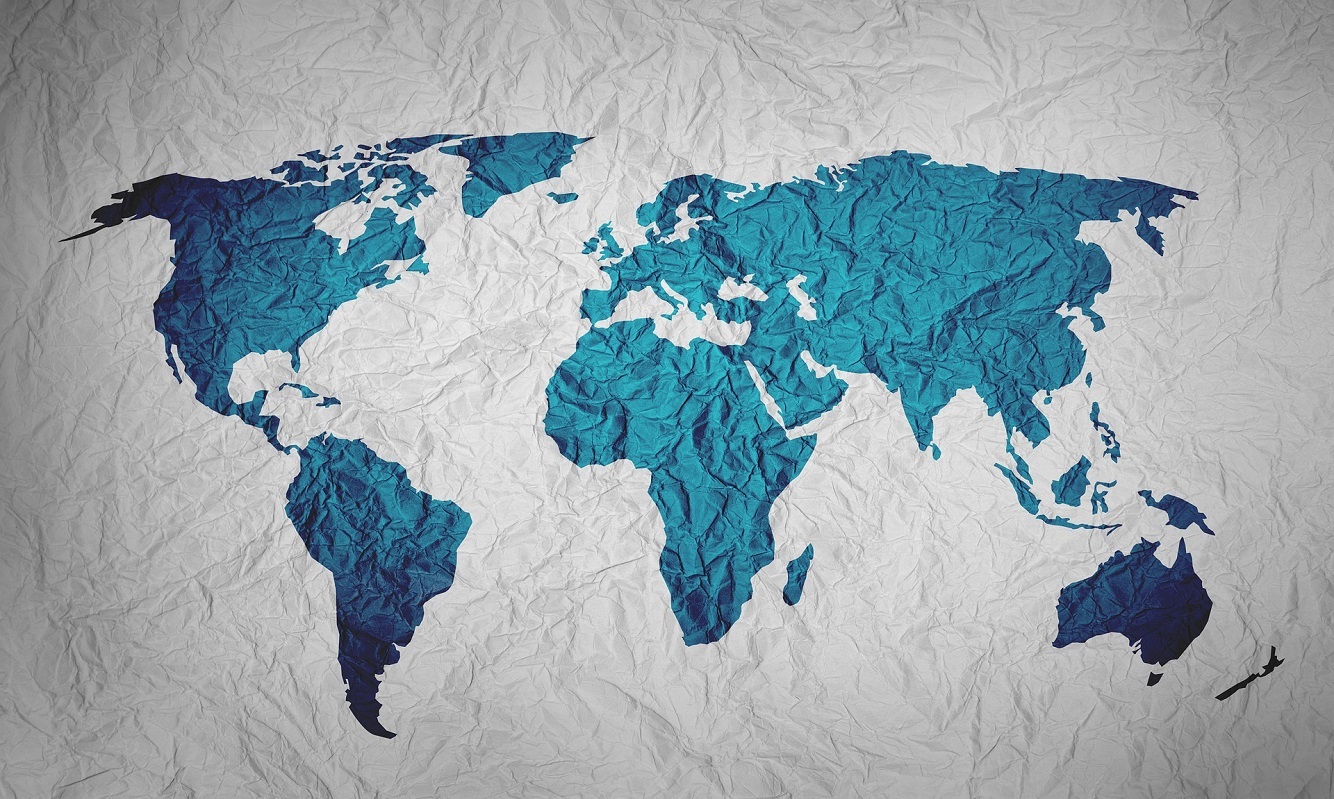
When you’re thinking about doomsday prepping, your wallet’s weight often decides just how ready you can be. Let’s look at how economic stability, the UK economy, and poverty impact prepping.
Economic Stability in the US
In the US, you’ve got a relatively stable economy that allows a significant portion of the population to invest in prepping. You’re looking at a wide range of people spending around $11 billion annually on survival gear. Most commonly, you’re buying basic necessities like food and water, with the financial comfort to stockpile, just in case.
UK Economy and Prepping
Across the pond in the UK, it’s a similar vibe to the US, but with a few twists thanks to local economics. Brexit and its aftermath have got you thinking harder about self-sustainability. This means if you’re in the UK, you might see an increase in prepping activities during times of economic uncertainty, with a greater focus on long-term food supplies and renewable energy sources.
Poverty and Prepping in Africa
In Africa, the story’s different. If you’re facing poverty, prepping is less about luxury bunkers and more about survival today. You’re battling economic instability that makes it tough to gather resources for the future. Your prepping is inherently more practical and immediate, focusing on securing clean water and stable food supplies to withstand common emergencies like droughts or floodings.
Prepping Communities and Networks
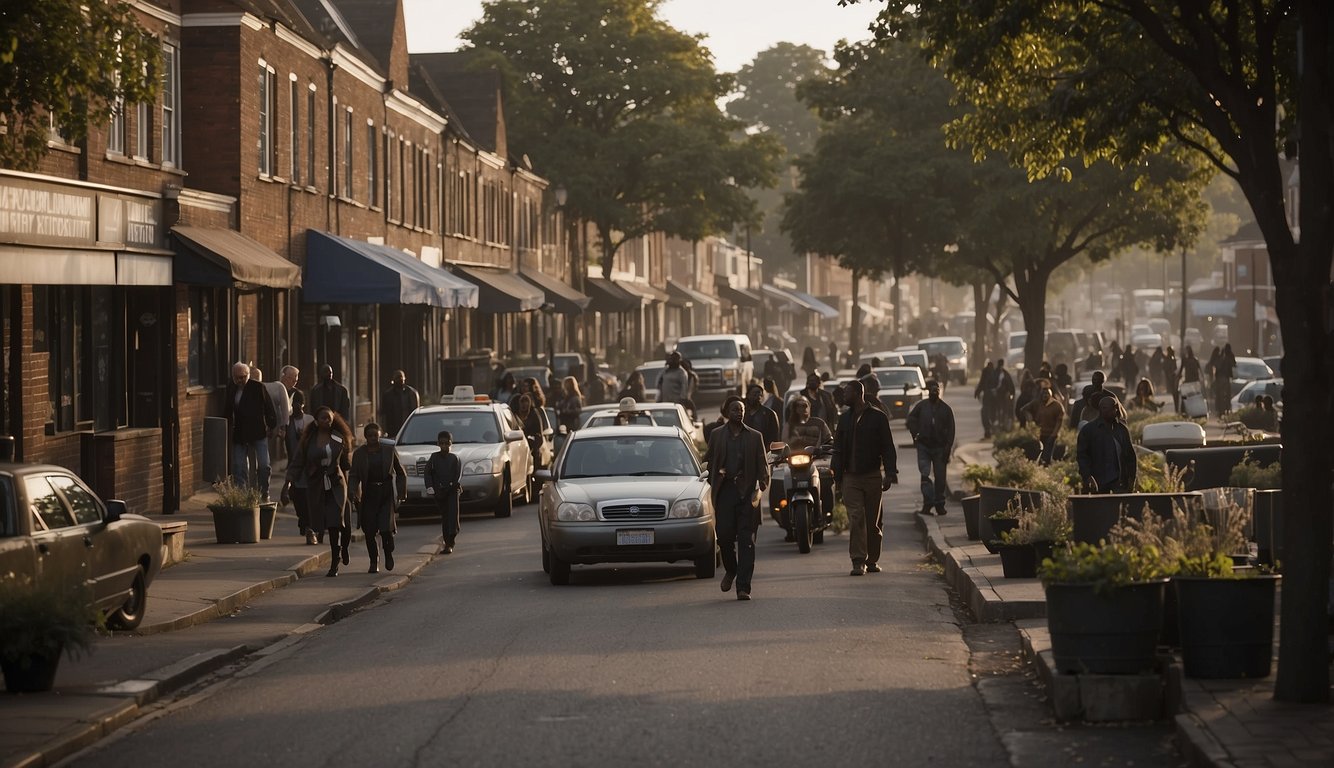
Your understanding of doomsday prepping is about to expand beyond your personal pantry. Different areas of the world foster unique networks and communities, reflecting varied approaches to survivalist strategies.
Preppers in America
In the United States, you’ll find a robust prepping community that prides itself on independence and self-reliance. Local chapters and online forums are prevalent, allowing you to connect with fellow preppers. Here’s how you might engage:
- Local Meetups: You can join groups that host skill-building workshops.
- Online Communities: Websites and social media offer a plethora of resources and discussion platforms.
British Survivalists
Across the pond, British survivalists often gear their prepping towards self-sufficiency and sustainable living. Britain’s prepping is less about stockpiling and more about mastering skills:
- Allotment Gardening: Learn to grow your own food sustainably.
- Survival Skill Courses: Train in navigation and bushcraft, among other skills.
African Prepping Groups
In Africa, prepping groups often form in response to specific regional challenges like droughts or political instability. Here, prepping is a community affair, focusing on:
- Resource Sharing Networks: Collaborative efforts to store and distribute essential supplies.
- Local Workshops: Education on water purification and disaster-resistant agriculture.
Survival Strategies and Resources
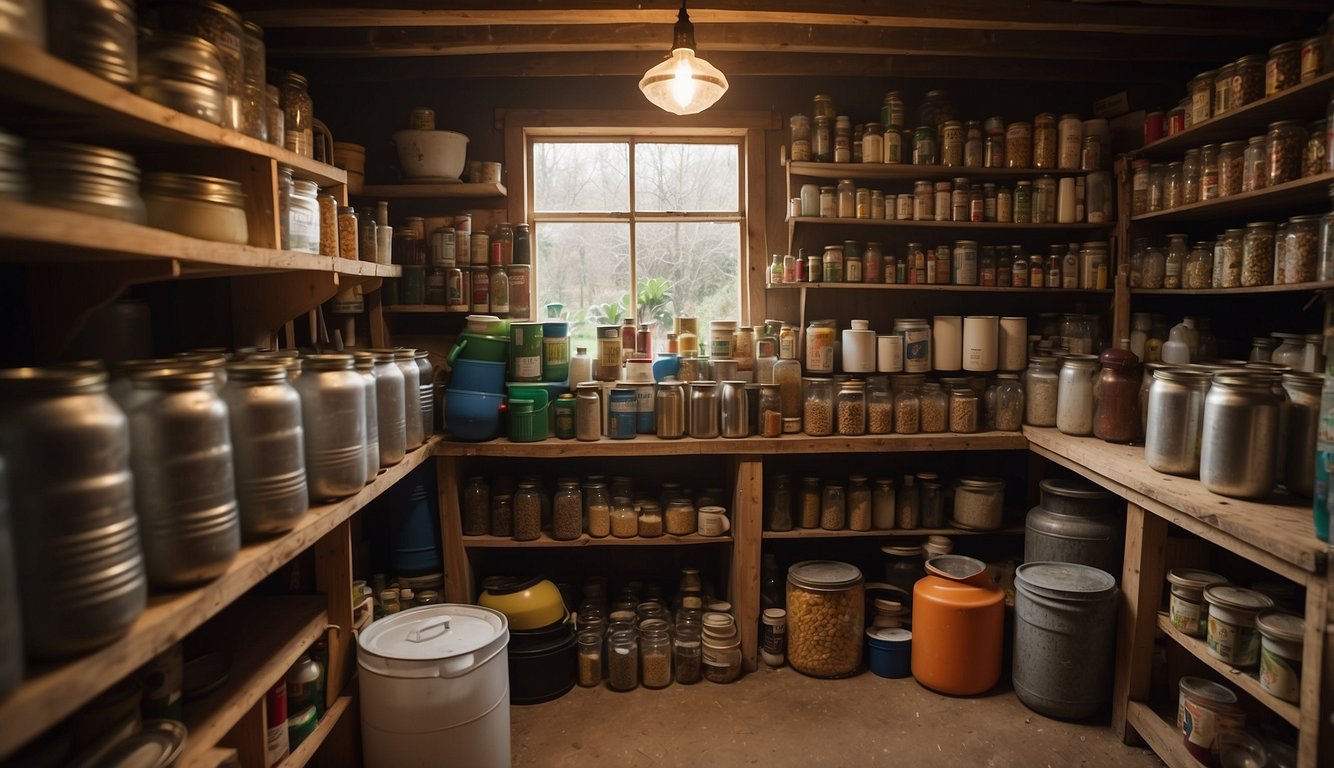
When you’re looking into doomsday prepping, the resources and strategies vary widely by location. This section will give you a glimpse into how preppers in the US, UK, and Africa prepare for potential doomsdays.
Resource Availability in the US
In the US, you have access to a wide range of survival resources, from big-box retailers to specialized survival shops. Here’s a quick rundown of what you might stock up on:
- Food: Bulk non-perishable items like rice, beans, and canned goods.
- Water: Filtration systems and storage barrels to ensure a clean supply.
- Gear: Advanced survival gear like multi-tools, fire-starting equipment, and tactical backpacks.
UK Prepping Supplies
In the UK, space can be at a premium, so your supplies tend to be more compact. You’ll notice a focus on the essentials here:
- Food: Calorie-dense meals and compact rations.
- Water: Chemical purifiers and collapsible containers for efficient storage.
- Gear: Quality over quantity, with emphasis on long-lasting tools and weather-resistant clothing.
Local Knowledge in African Prepping
African prepping is deeply rooted in local knowledge and sustainability. Here’s what’s often prioritized:
- Natural resources: Utilizing renewable local resources such as water streams and native plants.
- Community: Building strong community ties for collaborative survival strategies.
- Skills: Relying on traditional skills like hunting, foraging, and natural medicine.
Media Influence and Public Perception
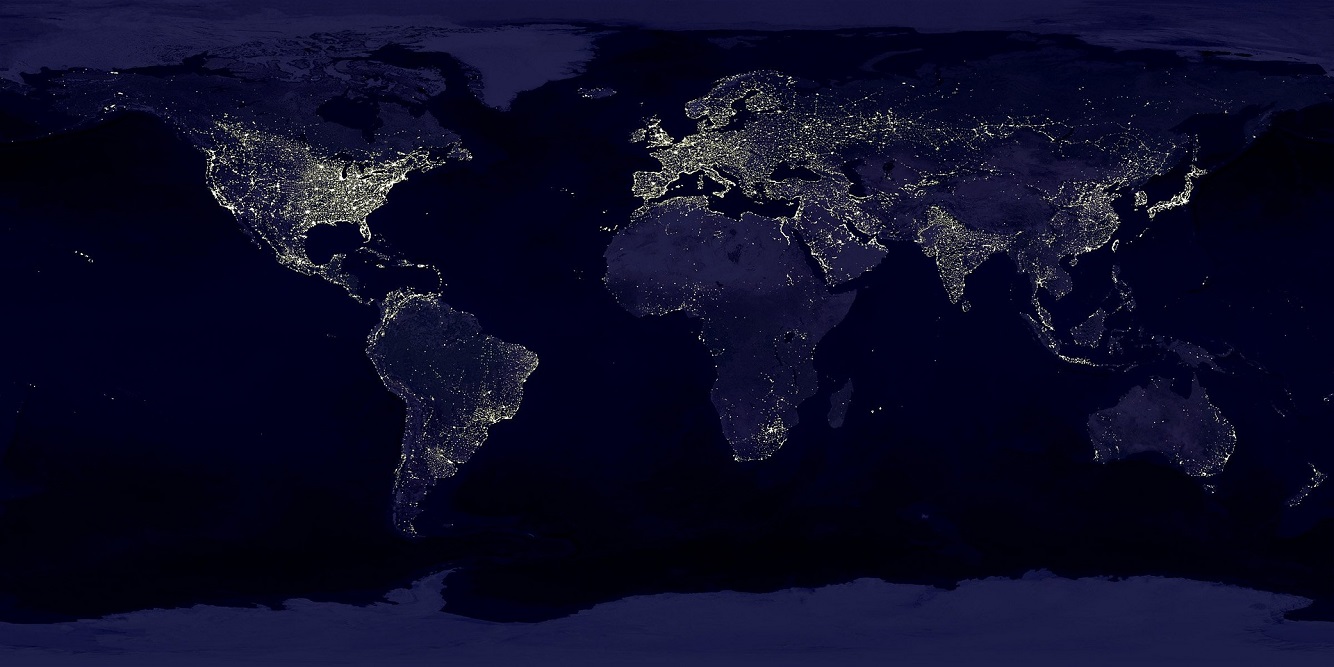
In exploring how doomsday prepping differs by country, you’ll find that media plays a unique role in shaping the practices and perceptions in each region.
Hollywood and US Prepping Culture
You’ve likely seen Hollywood blockbusters where doomsday scenarios unfold, influencing the American psyche. From The Walking Dead to The Day After Tomorrow, such films and series often glorify self-reliance and ingenuity in the face of catastrophe. This portrayal can contribute to a prepping culture that values independence and promotes the idea that individual preparation is crucial for survival.
Key Factors in US Prepping:
- Prominence of survivalist themes: Entertainment often showcases rugged individualism as glamorous.
- Impact on consumer behavior: Watching these scenarios can lead you to stockpile goods and prepare for unlikely events.
British Media on Prepping
In contrast, British media tend to approach prepping in a more understated manner. You might encounter documentaries or news segments that discuss prepping in a less sensationalized tone, often focusing on practicality over drama. The result is a perception of prepping as a reasonable precaution rather than a full-blown lifestyle.
Notable British Perspectives:
- Practical over sensational: The focus is commonly on practical measures rather than dramatic survivalism.
- Community vs. individual focus: You may notice a greater emphasis on community resilience rather than solely individual preparation.
African Media Narratives
The African media landscape varies vastly across the continent, but generally, prepping might not be highlighted in the media as it is in the US or UK. Instead, day-to-day resilience and adaptability in the face of existing challenges are often more prevalent themes. This portrayal can shape a view of prepping that aligns with communal support and resourcefulness in ongoing adversity.
Common Themes in African Media:
- Adaptability: Reports often center on communities adapting to immediate challenges, rather than hypothetical future disasters.
- Resourcefulness: You’ll see a focus on using available resources effectively, which can influence a more improvised form of prepping.
Conclusion
Whether nestled in the heart of a bustling American city, perched in a cosy British suburb, or standing resilient in the vast expanses of Africa, the spirit of preparedness binds us. It’s clear that our approach to girding ourselves for the unknown is as diverse as the landscapes we inhabit, yet the drive—the undeniable human instinct to survive and thrive—remains a universal beat in the heart of humanity.
In the labyrinthine aisles of megastores across the United States, under the shadow of Brexit bowing the shelves of British garden sheds, and amidst the communal wisdom flourishing in African villages, we find not just techniques and tools, but stories. Stories of resilience, innovation, and above all, unity. It’s heartening to observe that, despite the superficial differences in our prepping methods, the core values of community support and adaptability transcend geography.
Preparation, then, is not merely a testament to human ingenuity but to our interconnectedness. Our shared commitment to safeguard our kin and kinship against the caprices of Mother Nature—or the unpredictabilities of human nature—reveals a collective courage. A courage fueled not by fear but by the profound love for life.
In embracing the diverse tapeaus of survival strategies from around the globe, we enrich our own prepping practices, ensuring that no matter what tomorrow holds, we stand united, prepared, and hopeful.

Leave a Reply